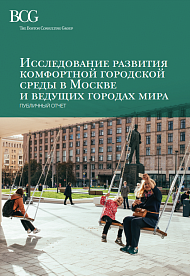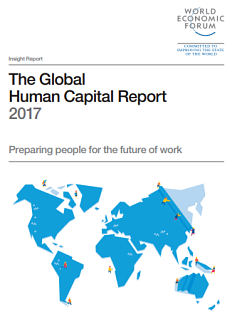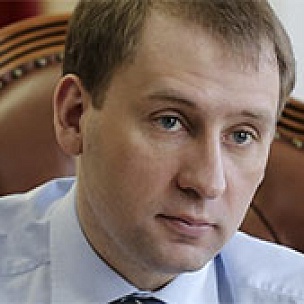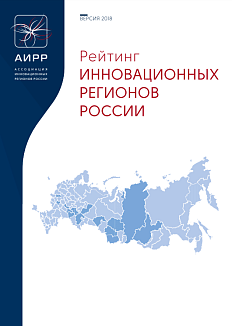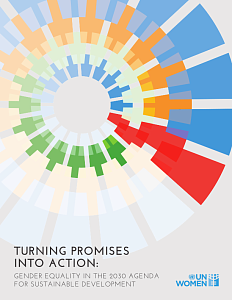A key challenge most countries are facing today is to find a way to convert wealth into well-being for their populations. According to BCG studies, a countrys national welfare quite often does not directly correlate with its residents perceived well-being.
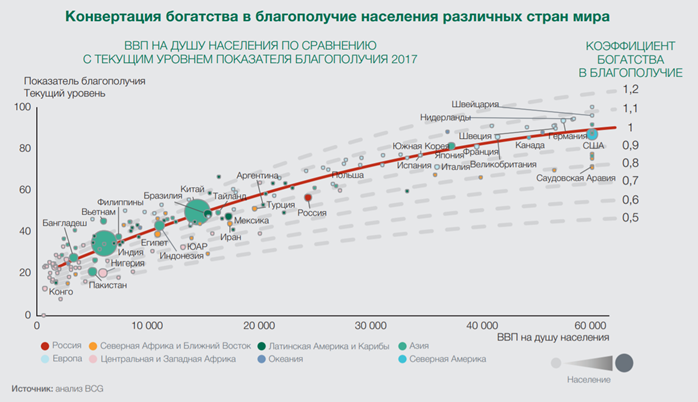
- House and backyard are elements related to urban residents dwelling.
- Transit spaces are elements related to urban residents movements, either from one facility to another or inside a facility, and the protection of their safety in the course of such movements.
- Attraction spots are elements related to facilities and territories used by urban residents to spend time outside of their homes.
To identify strengths and areas for improvements in the urban environment, the experts analyzed Moscow versus 11 megacities in different continents that are comparable by income level and total population: Hong Kong, London, Mexico, New York, Paris, São Paulo, Seoul, Shanghai, Berlin, Singapore, and Tokyo. The competitiveness heat map of Moscow based on comparison results shows that, currently, the main competitive advantages of the Russian capital, compared to the other megacities, are a high level of safety, an attractive appearance, comfortable public spaces, and vast leisure opportunities. At the same time, the results Moscow demonstrates in the housing and utility sector are not the best, and the city is behind in terms of the quality and accessibility of pedestrian infrastructure. Besides this, Moscow does not utilize its investments in infrastructure effectively enough as a lever of influence on the perception and behavior of urban residents, in terms of its level of safety, attractive appearance and uniqueness, as well as in terms of its leisure, sports, entertainment and cultural opportunities.
Based on the three areas mentioned, a program was drawn up for the development of a comfortable urban environment in Moscow, which consists of 14 key initiatives.



